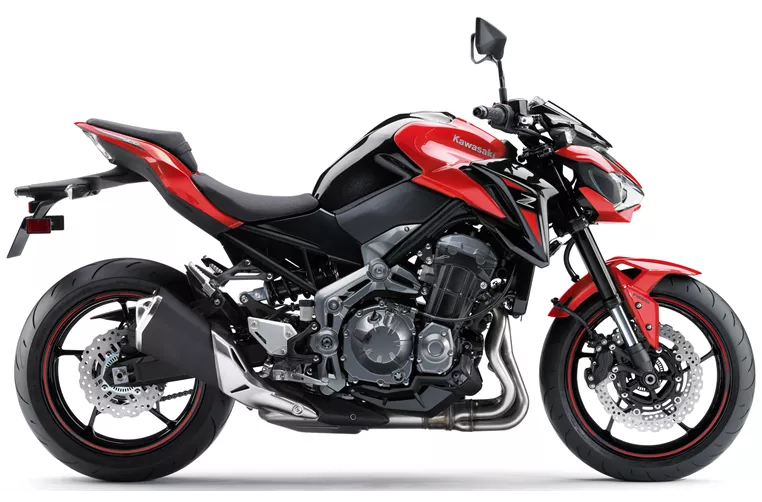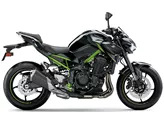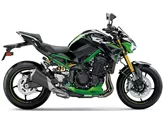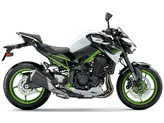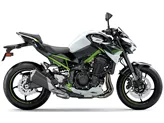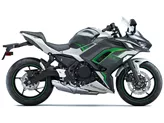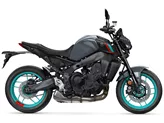Kawasaki Z900 70kW 2018 vs. Kawasaki Z900 2021
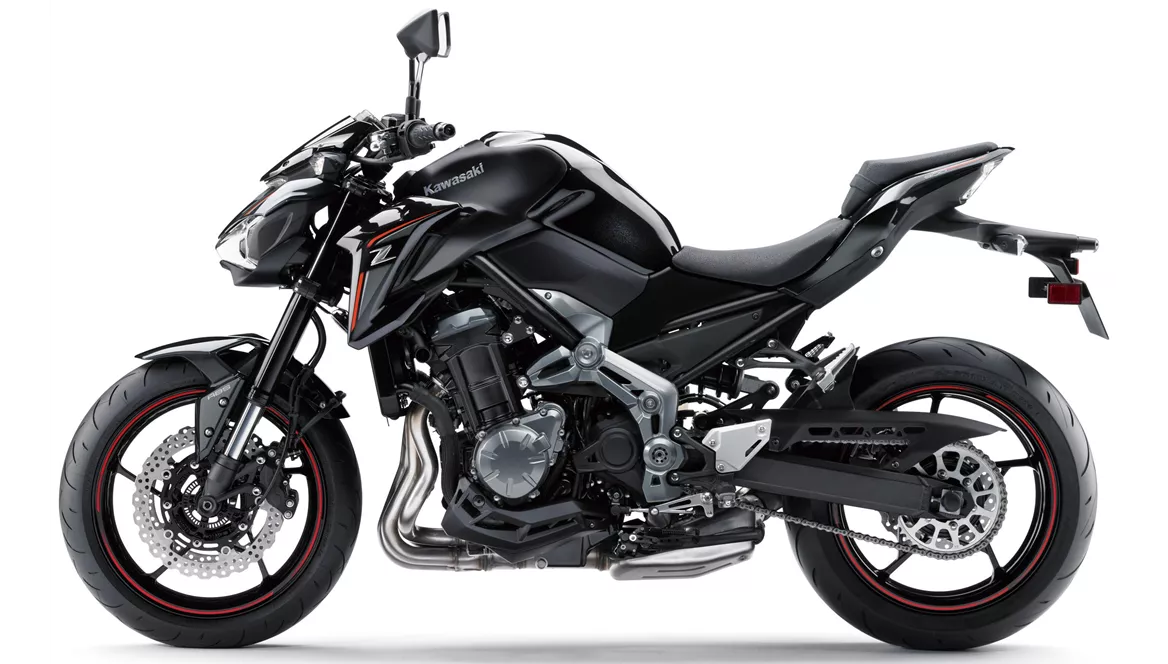
Kawasaki Z900 70kW 2018
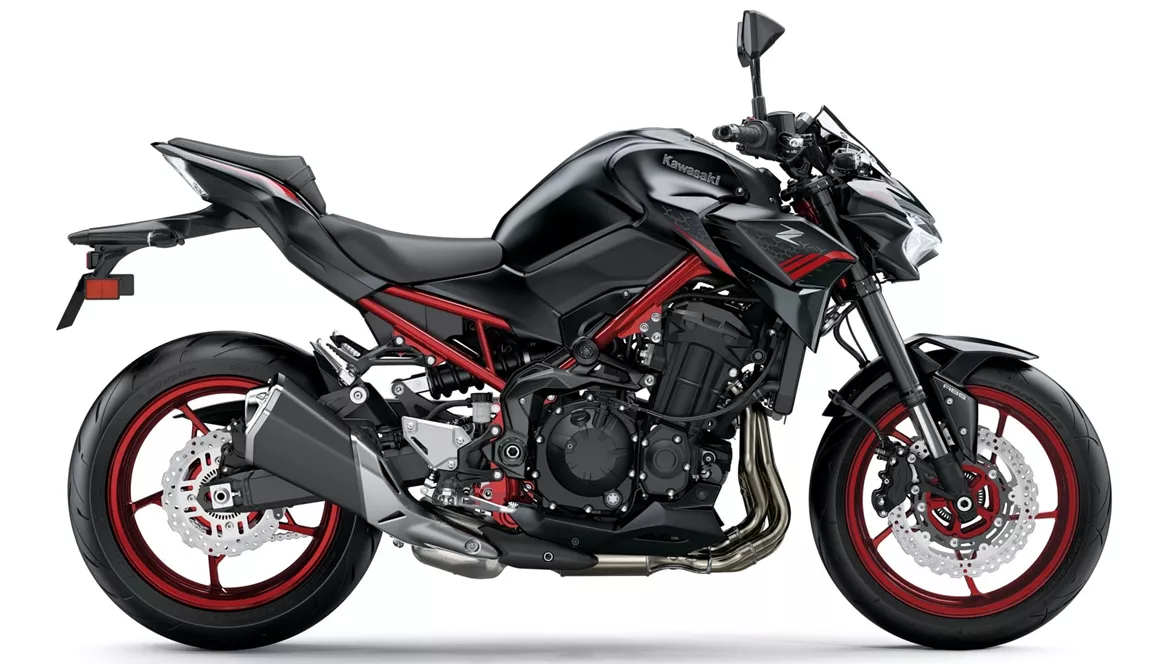
Kawasaki Z900 2021
Overview - Kawasaki Z900 70kW 2018 vs Kawasaki Z900 2021
The Kawasaki Z900 70kW model year 2018 and the Kawasaki Z900 model year 2021 are both naked bikes with similar technical specifications. They both have an in-line, liquid-cooled engine with a displacement of 948cc. However, there are several differences between the two models.
In terms of engine power, the 2018 model has 95 horsepower, while the 2021 model has a more powerful engine with 125.4 horsepower. The torque has also increased from 91.2 Nm in the 2018 model to 98.6 Nm in the 2021 model. This increase in power and torque results in improved performance and acceleration in the 2021 model.
Both models have a similar suspension system, with upside-down telescopic forks at the front and a swing arm with a monoshock at the rear. The suspension can be adjusted for preload and rebound in both models. The rear suspension is made of aluminum in both models, which helps reduce weight and improve handling.
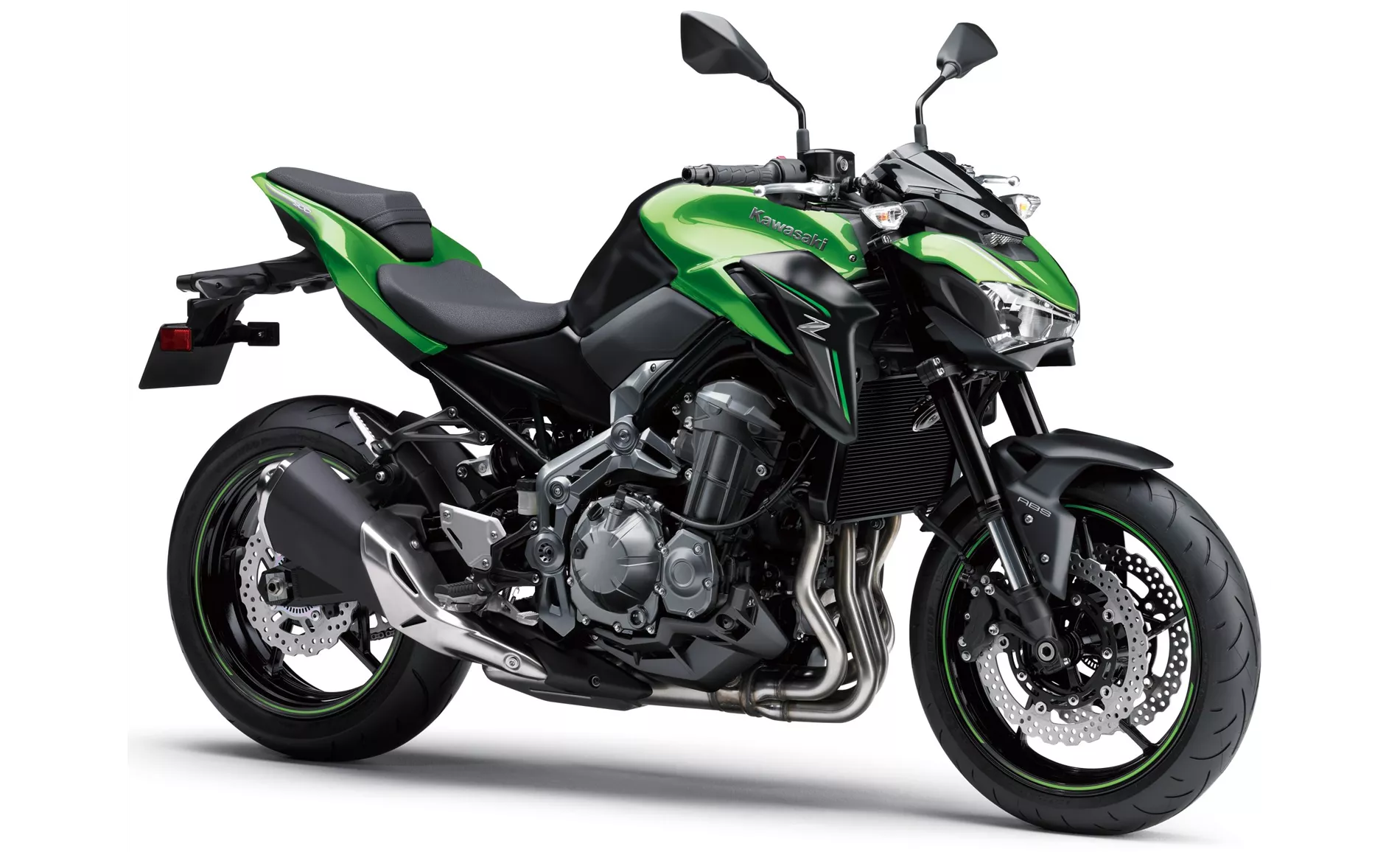
Kawasaki Z900 70kW 2018
The chassis of both models is made of steel and has a double cradle frame type. This provides a sturdy and stable platform for the bike. The braking system is also the same in both models, with double disc brakes at the front and a diameter of 300mm. The front brakes have four pistons and use petal technology for improved cooling.
In terms of advanced rider assistance systems, the 2021 model has an advantage over the 2018 model. It is equipped with ABS, riding modes, ride by wire, and traction control. These features enhance the safety and performance of the bike, especially in different riding conditions.
Both models have the same dimensions and weights, with a wheelbase of 1450mm, a seat height of 795mm, and a kerb weight of 210kg with ABS. The tire sizes are also the same, with a front tire width of 120mm and a rear tire width of 180mm, both with a diameter of 17 inches.
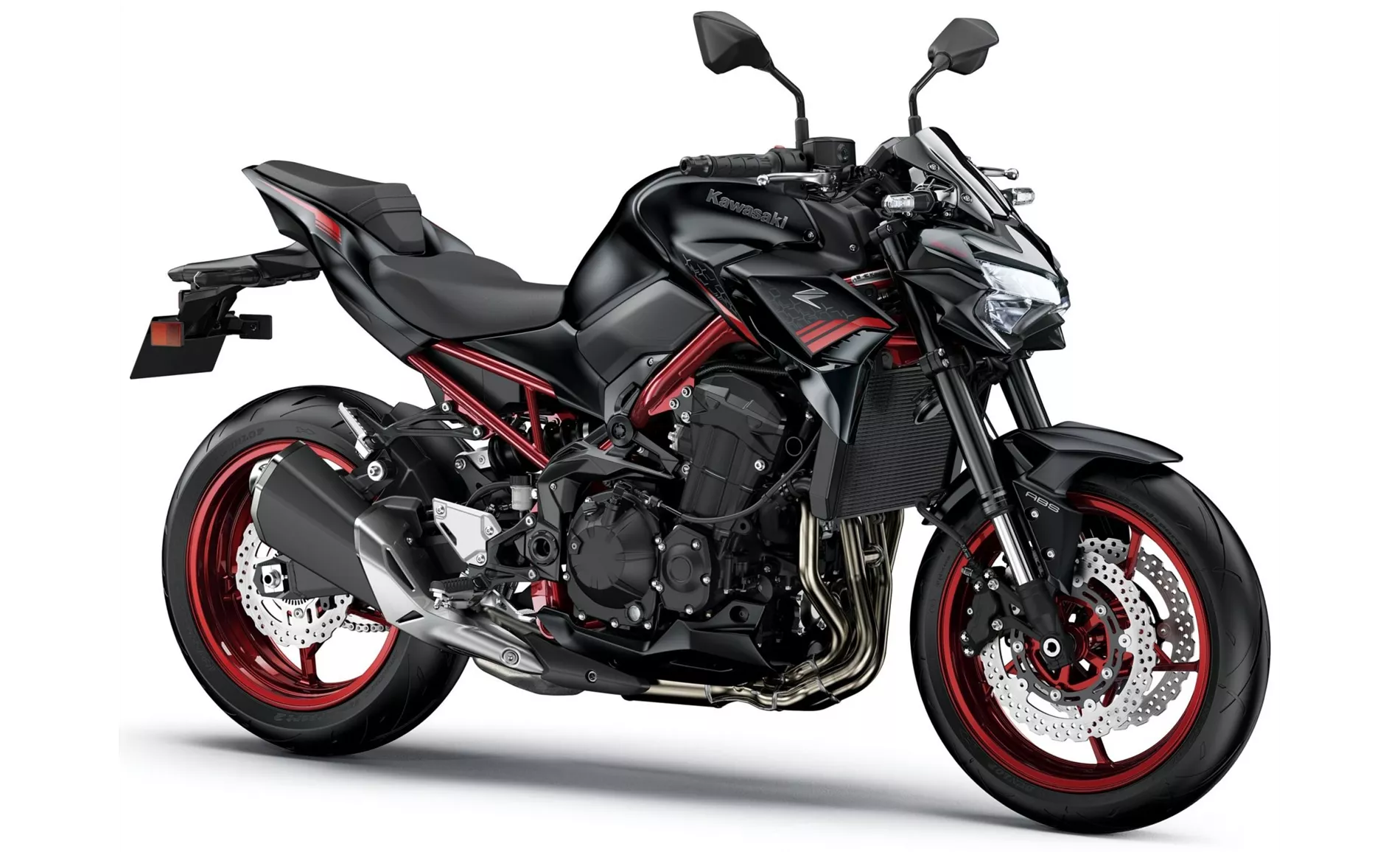
Kawasaki Z900 2021
Now, let's discuss the strengths and weaknesses of each model. The 2018 model has a smooth engine with punch at around 6000 rpm, finely controllable brakes, and good handling. It is also stable at motorway speeds and runs smoothly in city traffic. However, it may feel small for tall people and the acceleration with 48 horsepower can be poor due to its weight.
On the other hand, the 2021 model has a more powerful four-cylinder engine, intuitive handling, and good equipment. It also has aggressive looks and offers value for money. However, it lacks a quickshifter option and some competitors have advanced features like a 6-axis IMU.
In conclusion, the Kawasaki Z900 70kW 2018 and the Kawasaki Z900 2021 are both capable naked bikes with similar technical specifications. The 2021 model offers more power, advanced rider assistance systems, and a few additional features. However, the 2018 model still has its strengths, such as smooth engine performance and good handling. Ultimately, the choice between the two models depends on the rider's preferences and priorities.
Technical Specifications Kawasaki Z900 70kW 2018 compared to Kawasaki Z900 2021
Pros and Cons in comparison
Pros and Cons in comparison
Kawasaki Z900 70kW 2018

The Z900 is a top entry-level motorbike. Very smooth engine, great brakes and lots of adjustment options on the chassis and levers. The acceleration may be too good for speed junkies, but it's just right for learning. The lack of electronic gimmicks, riding modes and traction control doesn't bother either, but makes the Z900 a good bike to learn the basics of two-wheeled locomotion. A high-quality purist, a real motorbike, even with only 48 hp!
Kawasaki Z900 2021
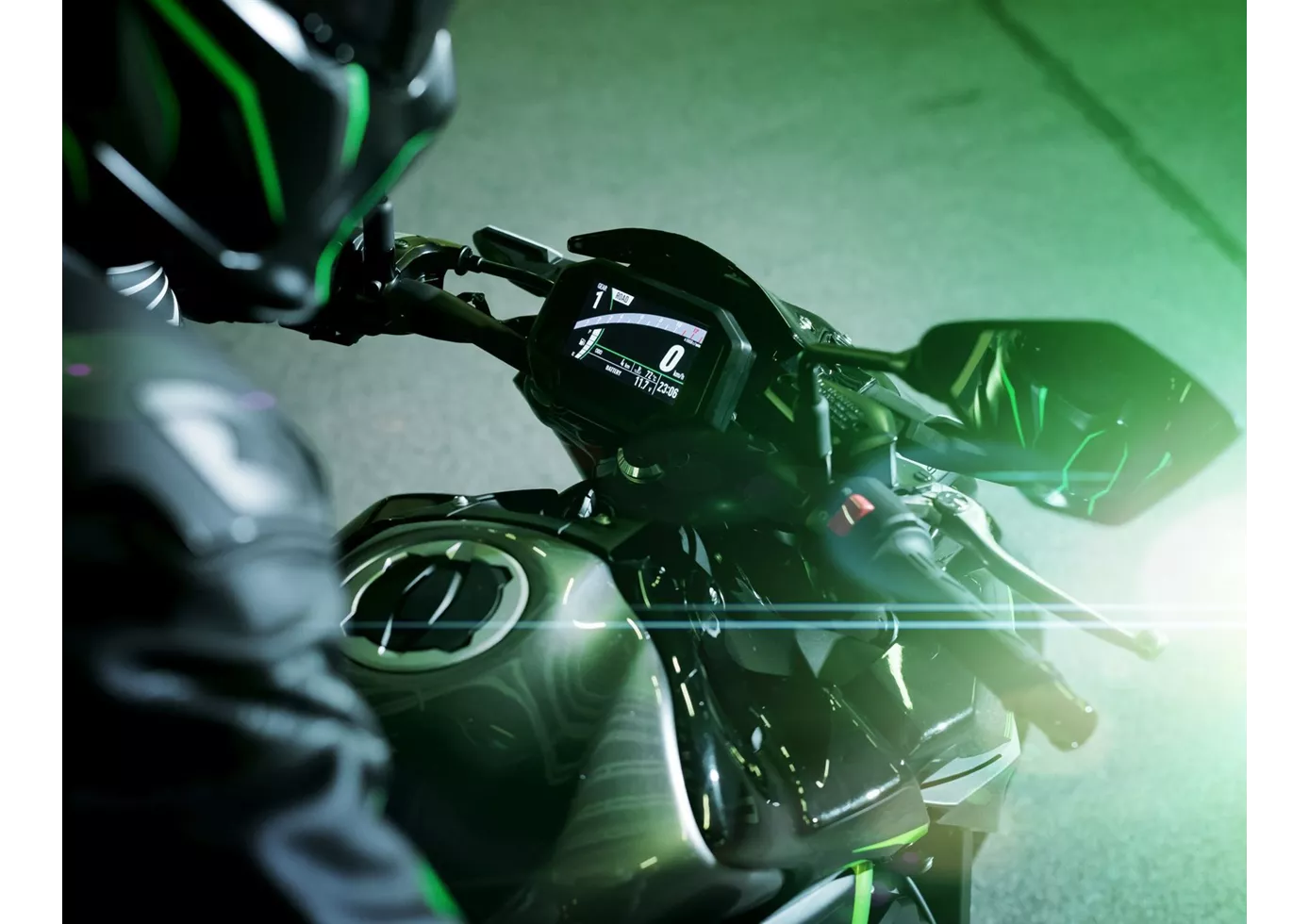
In terms of price-performance, the Kawasaki Z900 is hard to beat at the moment. With the perfectly tuned engine, the high-quality chassis components and the electronics added for 2020, this naked bike offers everything that sporty riders will be looking for. There is really nothing to complain about, except for the lack of a quickshifter option.
Price Comparison Avarage Market Price Kawasaki Z900 70kW vs Kawasaki Z900
There are a few key differences between a Kawasaki Z900 70kW 2018 and a Kawasaki Z900 2021. In terms of price, the actual average price of a Kawasaki Z900 2021 is about 2% higher. Compared to Kawasaki Z900 2021 there are less Kawasaki Z900 70kW 2018 bikes available on the 1000PS.de Marketplace, specifically 5 compared to 33. It takes less time to sell a Kawasaki Z900 with 107 days compared to 194 days for the Kawasaki Z900 70kW. Since model year 2018 1000PS.de editors have written 10 reviews for the Kawasaki Z900 70kW and 46 reviews for the Kawasaki Z900 since model year 2017. The first review for the Kawasaki Z900 70kW was published on 11/23/2018 and now has more than 104,300 views. This compares to more than 93,200 views for the first review on Kawasaki Z900 published on 11/11/2016.
